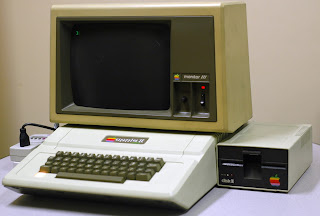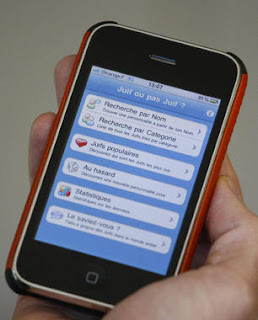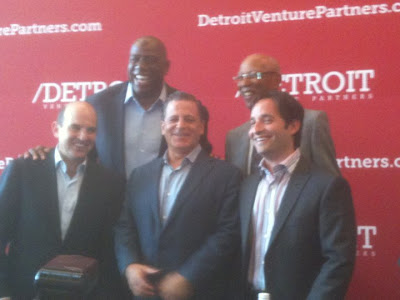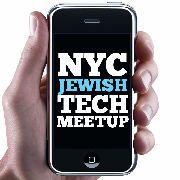Rabbi Reisner’s project resulted in a teshuva (legal position paper) titled “Wired to the Kadosh Baruch Hu,” in which he ruled that a virtual minyan conducted via video-conferencing was not “kosher.”
Now, one of my colleagues has opened his daily minyan through Skype access which brings this halakhic question back into discussion. Skype had yet to be invented back in 1998 when Rabbi Reisner considered the issues surrounding virtual minyan participation. In a bulletin article for his synagogue (reposted by the Rabbinical Assembly), Temple Emunah in Lexington, Massachusetts, Rabbi David Lerner refers to Rabbi Reisner’s published teshuva noting that he reasoned that should the technology come available the virtual minyan would be permissible.
Rabbi Lerner had good reason to open his daily minyan via Skype to those who couldn’t attend in person. One of his congregants, Maxine Marcus, lives in Amsterdam and works in The Hague, where she serves as a prosecutor of war criminals from the wars in the former Yugoslavia. Her mother recently lost her fight against cancer. After returning to Amsterdam following the funeral last fall in New York, Maxine how difficult it was to say Kaddish in Amsterdam. Rabbi Lerner made the decision to allow Maxine to participate in the Temple Emunah minyan through Skype.
Based on my reading of Rabbi Reisner’s teshuva, the issue of reciting kaddish as part of an already constituted real-time minyan was a separate issue from constituting a minyan via the Internet through video conferencing. Thus, so long as a minyan is already in place in Lexington, Massachusetts at Rabbi Lerner’s congregation, there was never a question about a “virtual participant” reciting Kaddish in that minyan.
Based on Rabbi Reisner’s conclusions, however, it would seem that even with Skype a minyan could not be constituted virtually meaning eight people gathered together could not be joined virtually by two others using Skype to count as a minyan. He writes that “a minyan may not be constituted over the Internet, through an audio- or video-conference or any other medium of long distance communication. Only physical proximity, defined as being in the same room with the shaliah tzibbur (prayer leader), allows a quorum to be constituted.” He goes on to explain, “Once a quorum has been duly constituted, those who hear the prayers being offered in that minyan may respond and fulfill their obligations thereby, even long distance.
With regard to the Mourner’s Kaddish, Rabbi Reisner concluded in the 2001 teshuva that “a mourner at a distance may recite it, but must be accompanied by a physical participant (a member who is physically present) in the minyan. This preserves the reason behind requiring a minyan for the recitation of Mourner’s Kaddish. It establishes community. Without this concluding statement, individuals might take it a step further and recite Mourner’s Kaddish on their own.” Therefore, as far back as a decade ago Rabbi Lerner was on firm halakhic standing to allow his congregant in Amsterdam to recite the Mourner’s Kaddish via Skype so long as at least one minyan member in Massachusetts accompanies her.
Rabbi Lerner reports that introducing Skype into his daily minyan has strengthened the minyan and has proven to be a very powerful experience. “Members of the minyan have gotten to know Maxine, schmoozing with her for a minute or two after minyan over Skype.” He also has found that opening his minyan virtually has impacted the general community. He wrote in his bulletin article, “This project enabled someone on the other side of the Atlantic to come and experience the power of God, the power of prayer, the power of community, and the power and support of a nurturing community around sacred occasions and after times of loss. His biggest challenge has been trying to encourage other congregations to invite remote minyan-goers to their minyan without letting it adversely impact on our minyan or attendance.
Kol Hakavod (kudos) to Rabbi Lerner for making good use of technology like Skype to allow a mourner in Amsterdam to find comfort with her community in Massachusetts. While Skype might still not be the technology that allows ten people to come together virtually in Cyberspace to form a minyan, it is certainly a great way to allow outsiders to join an existing minyan with a Web cam and Internet connection.













